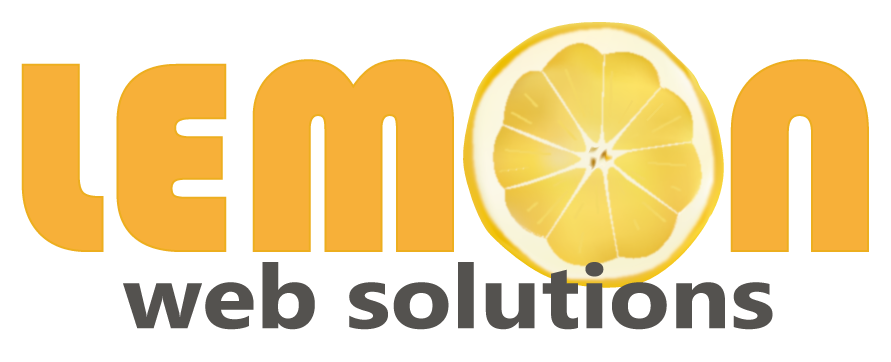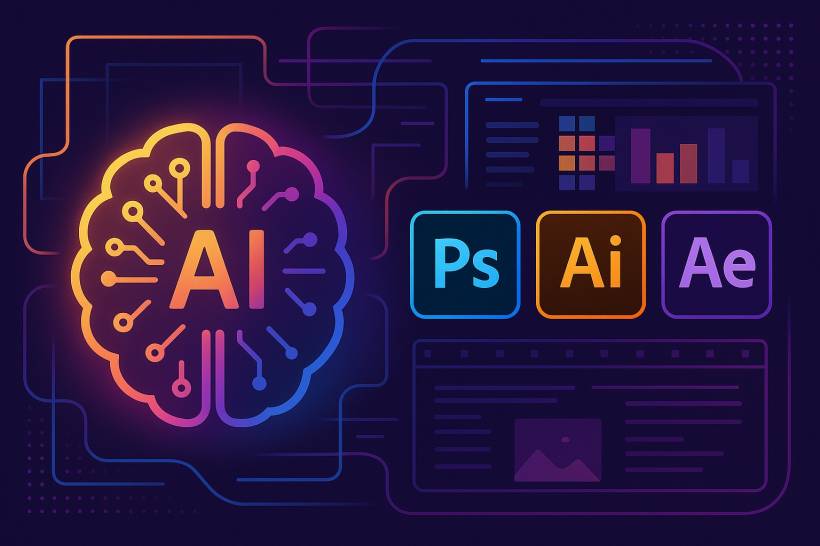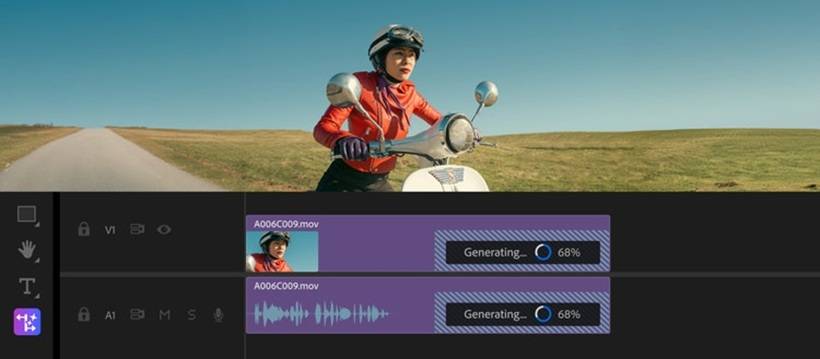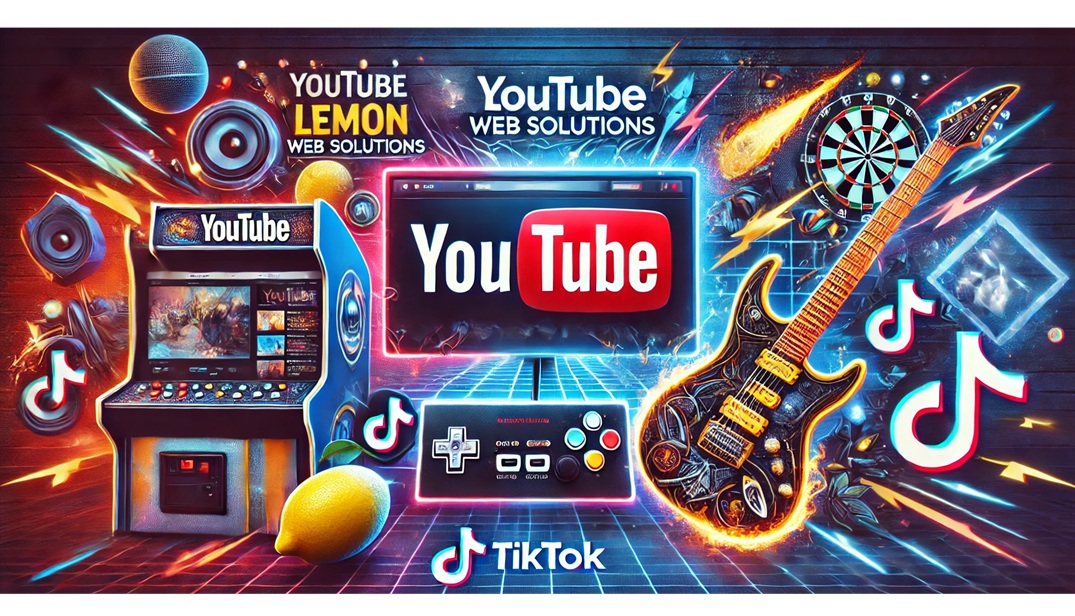The year 2025 has marked a turning point for creative professionals. Artificial Intelligence is no longer an optional add-on or a quirky experiment hidden in a beta tab—it's now baked into the very foundation of tools like Photoshop, Illustrator, and After Effects. For many designers, this shift has felt less like upgrading to new software and more like hiring a highly skilled assistant who never sleeps, never tires, and constantly pushes fresh ideas.
Instead of spending hours on technical cleanup, today's designers are spending their time making decisions, curating results, and shaping the bigger creative vision. Let's break down how this new AI-powered era looks in each of the major tools.
Photoshop: Instant Concepts, Smarter Editing
Photoshop has always been about image manipulation, but in 2025 it's more like a concept generator on steroids.
The biggest shift? Photoshop isn't just for editing anymore—it's become a rapid prototyping tool for visual storytelling.
Illustrator: Vectors with a Creative Brain
Illustrator has always been about precision, but AI has added a layer of playfulness and speed that used to be missing.
Where Illustrator once demanded hours of curve-tweaking, it now thrives on fast iteration. Designers can focus on creativity and refinement, not manual labor.
After Effects: Natural Language Animation
If Photoshop reinvented images and Illustrator reinvented vectors, After Effects in 2025 has redefined animation itself.
AI doesn't just reduce effort—it broadens creative possibilities. Designers can test multiple moods or animation directions before committing, almost like having a digital storyboard assistant.
The Workflow Shift: From Doer to Director
The biggest transformation isn't technical—it's psychological. Designers are no longer defined by how fast they can retouch, vectorize, or keyframe. Instead, their role has shifted to curator and director.
This doesn't mean designers are being replaced. On the contrary, it makes their creative judgment and storytelling sense even more valuable. AI might generate twenty possible versions, but only a human can say, "This one feels right for our campaign."
Real-World Impact on Creative Teams
Agencies and in-house design teams are noticing clear benefits:
For example, a small indie game developer can create cinematic trailers using AI-assisted After Effects, something that used to require hiring a dedicated motion studio. Similarly, a freelance graphic designer can handle five projects at once, thanks to AI's ability to automate the repetitive work.
Looking Ahead: The Human Edge Remains
As powerful as AI has become, one truth hasn't changed: creativity is still human-driven. AI may know how to combine pixels, vectors, and keyframes, but it doesn't know why a certain color palette sparks nostalgia or why a slightly imperfect brush stroke feels authentic.
In 2025, Photoshop, Illustrator, and After Effects are no longer just "tools"—they've evolved into collaborators. And like any collaborator, they still rely on human direction. The designer's role has never been more critical—not as an executor of tasks, but as the storyteller who gives technology purpose.







